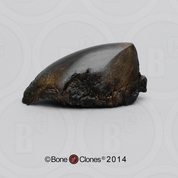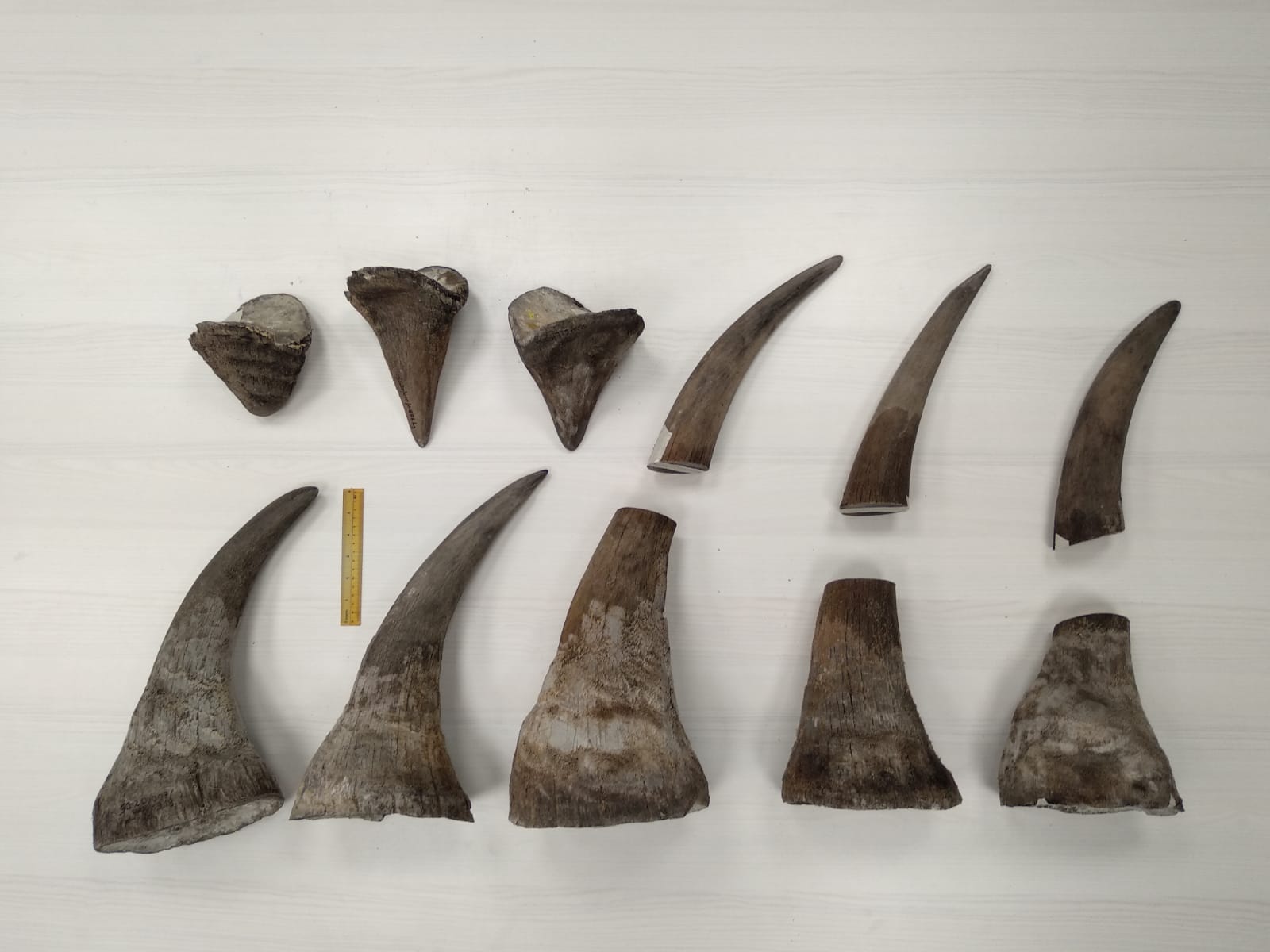


Warring States period bronze belt hook in the form of a two-horned rhinoceros, from the State of Ba (modern Sichuan). Some authorities suppose that the sì refers to the one-horned Javan Rhinoceros, and some follow the definition given, for examples, in the Tang book Xinxiu Bencao by Su Jing (aka Su Gong, died 674), in the 1037 CE rime dictionary Jiyun, or the Ming dynasty materia medica, Bencao Gangmu, that the sì is the name for a female rhinoceros on the other hand, many scholars believe that the sì refers to a type of wild buffalo, or even that the si may have been used as a name for both the more common buffalo and the rarer rhinoceros. It is evident from these two sources that the xī refers to the two-horned Sumatran Rhinoceros, but it is not clear what exactly the sì refers to. In the Erya glossary, probably compiled during the 3rd century BC, the xī is said to resemble a boar, whereas the sì is said to resemble an ox, but the commentary by Guo Pu (276–324) elaborates, stating that the xī is like a water buffalo, but with a large paunch, short legs, three toes on each foot, and three horns on a pig-like head, two on its forehead and one on its nose and the sì has a single horn. It has a horn on its nose and another one on the crown of its head it resembles a pig" and the sì (written as 𤉡, a variant of 兕) is defined as being "like a wild ox and dark-colored".

In the early 2nd century dictionary, Shuowen Jiezi, the xī is defined as "an ox occurring beyond the southern frontier. There are two ancient Chinese characters that have been interpreted as meaning 'rhinoceros': xī 犀 and sì 兕 (the former character is used in the modern Chinese word for 'rhinoceros', xīniú 犀牛). The main species of rhinoceros that lived in China in ancient times has been identified as the Sumatran Rhinoceros ( Dicerorhinus sumatrensis), more especially the Northern Sumatran rhinoceros ( Dicerorhinus sumatrensis lasiotis) although the Indian Rhinoceros ( Rhinoceros unicornis) and Javan Rhinoceros ( Rhinoceros sondaicus) were also present. Depictions of rhinoceroses in ancient Chinese art are typically very accurate and lifelike, suggesting that they were modelled first-hand by the artist on living rhinoceroses rather than being based on legend or traveller's tales. The existence of rhinoceroses in ancient China is attested both by archaeological evidence and by references in ancient Chinese literature. Rhinoceros wine vessel dating to the Western Han (206 BC – AD 9).


 0 kommentar(er)
0 kommentar(er)
